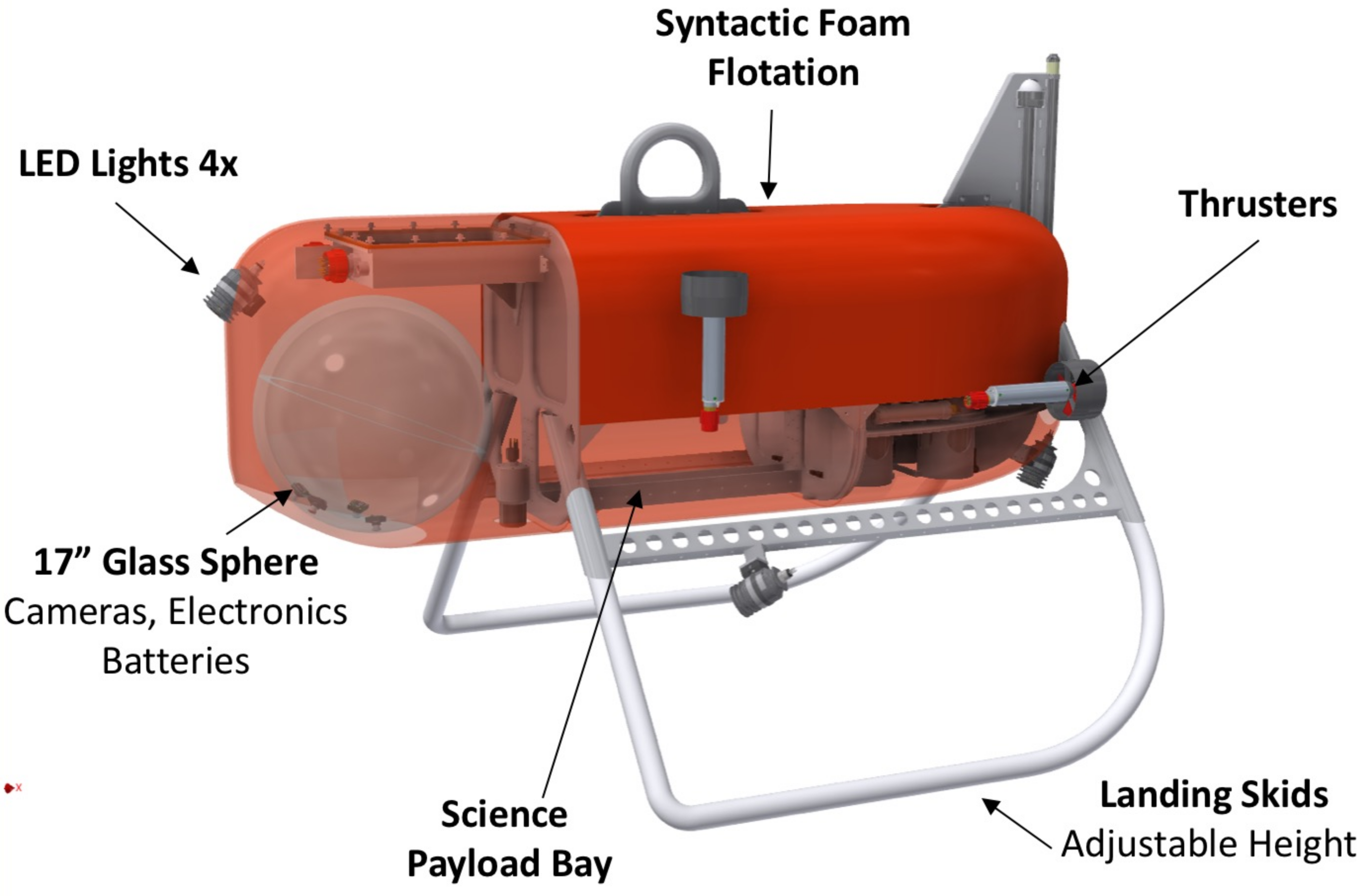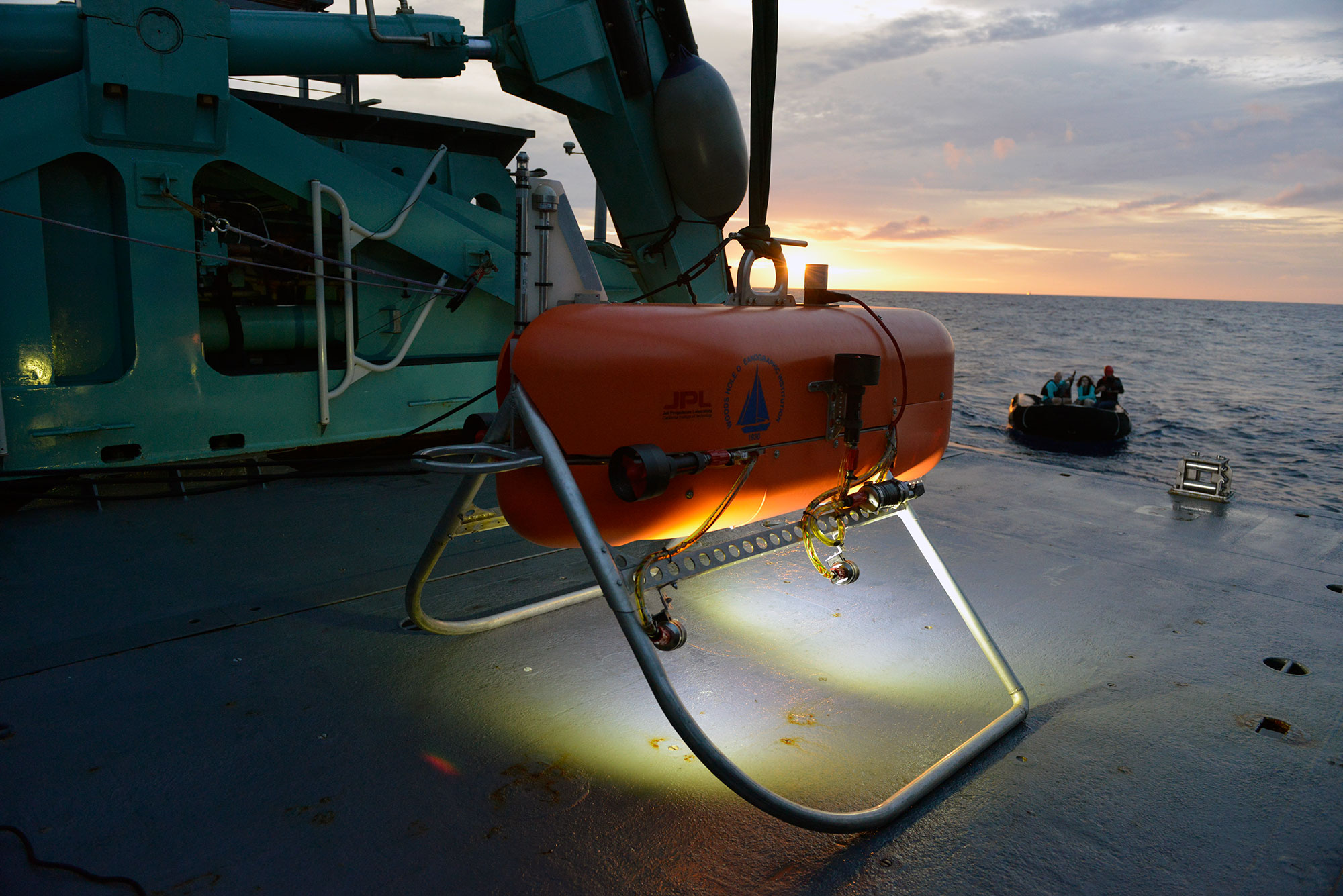Technology
Since the loss of the hybrid remotely operated vehicle Nereus in 2014 at 10,000 meters in the Kermadec Trench, the deepest part of the ocean has been closed to systematic exploration and targeted sample collection by researchers. To return science to depths below 6,000 meters in a way that minimizes the risks associated with catastrophic, single-point failure, engineers at WHOI and NASA’s Jet Propulsion Laboratory are working on what a fleet of hadal autonomous underwater vehicles (AUVs): small, lightweight platforms with a modular design based on the “cubesat” philosophy capable of being deployed from ships of opportunity and of reconfiguring their mission parameters on-the-fly.
WHOI’s goal is to produce and test hadal prototype at full ocean depth that can explore, chart, and analyze the diverse conditions and organisms likely present throughout the deepest parts of Earth’s ocean. Once tested, this technology will serve as a platform for expansion to a more efficient method of exploration individually or as part of a networked “fleet” to provide a stepping stone to the future exploration of other ocean worlds.
Orpheus
Orpheus is the first in a new class of AUVs designed to withstand the pressure of the ocean’s greatest depths while working independently or as a networked “swarm” to survey and sample almost anywhere in the global ocean. The lightweight design of Orpheus is modular and based on proven technology to minimize construction and shipping costs and to also permit it to be launched from small research vessels as well as ships of opportunity. In addition, it incorporates control and mapping software developed by NASA that vastly improves performance obtained with conventional AUV technology and also reconfigure its objectives on-the-fly. Four fixed-directional thrusters and a compact shape make it nimble and controllable, permitting the vehicle to maneuver around obstacles and to land on the seafloor to collect samples and lift off again to continue its mission.


